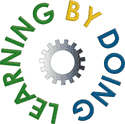What do candidates on the Mechanical Maintenance training course actually do?
The mechanical maintenance training courses begins by providing the candidates with an understanding of fault diagnosis by analysing various symptoms. These symptoms include excessive heat, vibration, smell or changes in speed. The aim is to make the candidate aware of the possible outcomes if action is not taken once a fault has been discovered. Because safety is always of paramount importance within our training methods, candidates are taught to write their own method statements for working on moving machinery. The instructor works with the groups to ensure all instructions are clear, short, and safe.
Candidates are provided with comprehensive course notes, which include the important technical reference material:
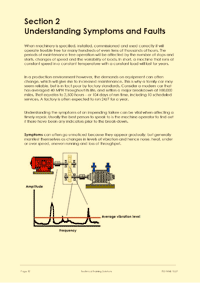 |
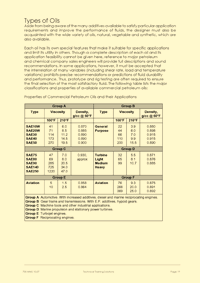 |
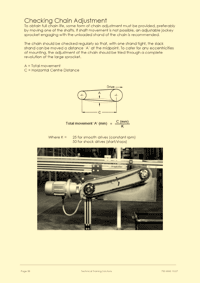 |
Page 12 of the mechanical maintenance training courses notes, where we teach the candidates about faultfinding on industrial machines, thinking about symptoms, faults and causes |
Page 19 of the mechanical maintenance training courses notes, with information about the properties of oils used in industrial machinery |
Page 58 of the mechanical maintenance training courses notes covering the importance of setting the correct tension on chain drives, and how to make the necessary adjustments |
Throughout the course the technical instruction is interspersed with many practical exercises. The first of these is the manufacture of gaskets to fit between machined faces. Candidates are shown the various techniques and materials used to produce engineering seals within the workshop.
A wide range of example bearings are provided for inspection of wear along with suitable lubrication regimes.
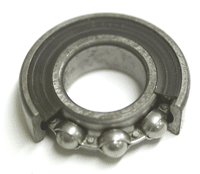 |
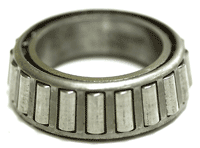 |
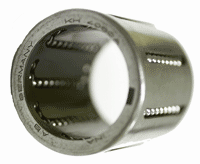 |
One of the demonstration ball bearings used on the mechanical maintenance training courses |
One of the demonstration tapered rolling bearings used on the mechanical maintenance training courses |
One of the demonstration linear bearings used on the mechanical maintenance training courses |
Candidates will practice removal and refitting ball races using pullers and correct engineering procedures.
Candidates use bearing pullers to remove faulty bearings from an assembly using approved methods on the mechanical maintenance training courses |
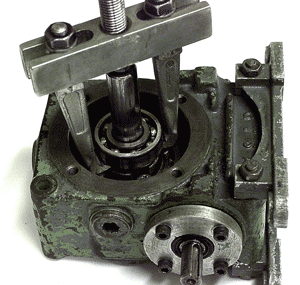 |
The course includes valuable exercises on the recognition of common screw threads, thread repair techniques, removal of broken studs, dismantling of gearboxes and the manufacture of gaskets.
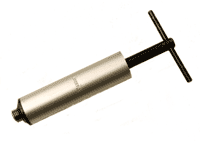 |
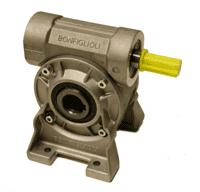 |
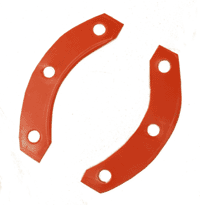 |
Candidates use thread repair tools on the mechanical maintenance training courses |
Candidates disassemble and re-assemble gearboxes on the mechanical maintenance training courses |
Candidates make gaskets on the mechanical maintenance training courses |
The following are some example pages from the course notes for this stage of the mechanical maintenance training courses, describing the common screw threads encountered on industrial machinery, how broken threads should be repaired and how drive shaft keyways should be fitted:
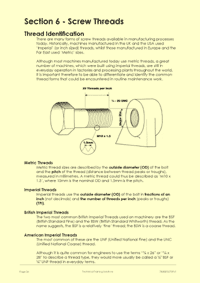 |
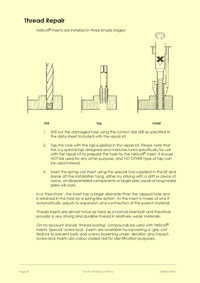 |
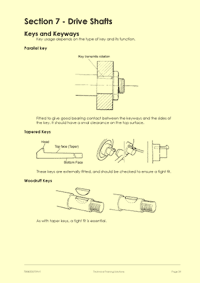 |
Page 36 of the course notes for the mechanical maintenance training courses, describing the various screw threads commonly encountered on industrial machinery |
Page 38 of the course notes for the mechanical maintenance training courses, describing how threads should be repaired |
Page 39 of the course notes for the mechanical maintenance training courses, describing how drive shaft keyways work |
With the emphasis on practical skills, candidates will use special rigs to practice the alignment of shafts, motors and pulleys. Because poor shaft alignment results in early bearing failure and cracked castings, candidates are taught to shim and align moving parts to a high accuracy using traditional engineering methods. Torque wrenches are used to tighten critical parts, as well as discovering what settings were used on existing component parts.
The Motor Shaft Alignment Exercise on the mechanical maintenance training courses. |
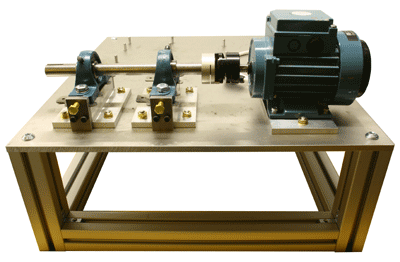 |
As the candidates assemble the motor and shaft, they check using a dial gauge that it is aligned correctly. |
||
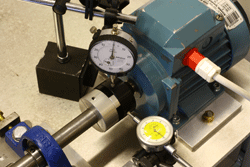 |
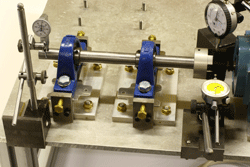 |
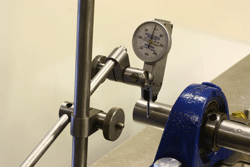 |
The Vee Belt Tension and Alignment Exercise on the mechanical maintenance training courses. |
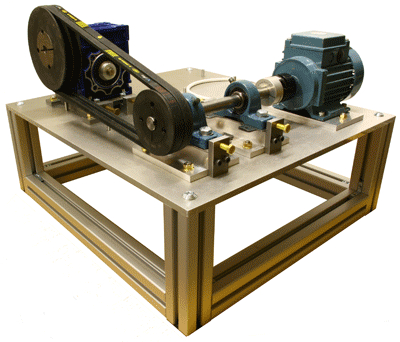 |
The Chain Drive Tension and Alignment Exercise on the mechanical maintenance training courses. |
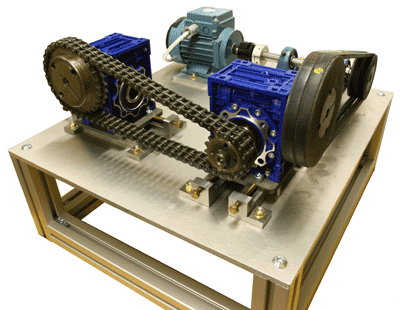 |
Candidates install the machine guard prior to energising the machine for safety reasons. |
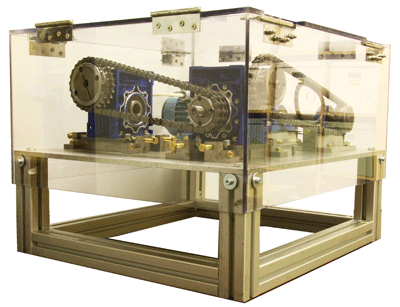 |
The candidates utilise industry standard lock out tag out (LOTO) procedures to ensure safe isolation of the machine. |
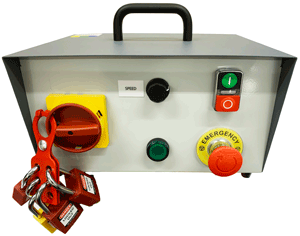 |
Candidates practice adjusting the length of simplex and duplex chains by adding or removing links.
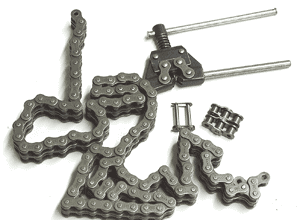 |
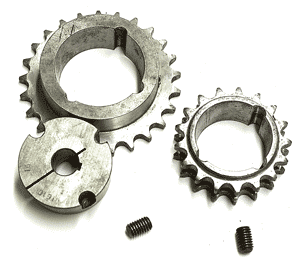 |
Candidates are provided with a range of chains - they insert or remove links using special tools on the mechanical maintenance training courses |
A range of sprocket drives, taper-lock bushes and pulleys are used to teach candidates how to detect for wear, how to ensure correct fitting, etc on the mechanical maintenance training courses |
Wheels and pulleys are fitted to shafts using keyways, taper-lock bushes and flanges. The correct methods of removal and refitting are demonstrated and candidates practice these skills to gain sufficient understanding.
Candidates are given a range of industrial pumps and gearboxes to examine and repair once faults have been diagnosed.
One of the pumps used by candidates to practice examination and repair of devices on the mechanical maintenance training courses |
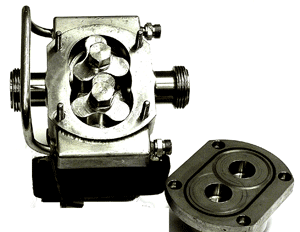 |
Once the above exercises have been completed, the candidates can explore how to replace, refit and re-track a conveyor belt. In order to do this, they have to complete a safe isolation procedure (for mechanical maintenance purposes) using a motor isolator in accordance with industry best practice.
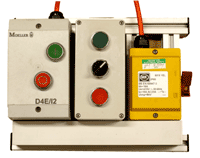 |
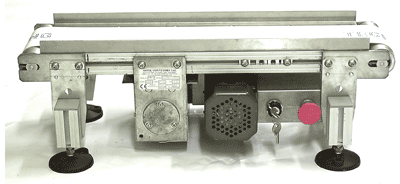 |
One of the isolators used to explore the correct isolation procedures necessary for safety on the mechanical maintenance training courses |
The conveyor unit used on the mechanical maintenance training courses |
If you would like to see some of the equipment used on the mechanical maintenance training courses for yourself, then please call us to arrange a visit to our offices in Kent. Alternatively, we can visit you anywhere in the British Isles.
